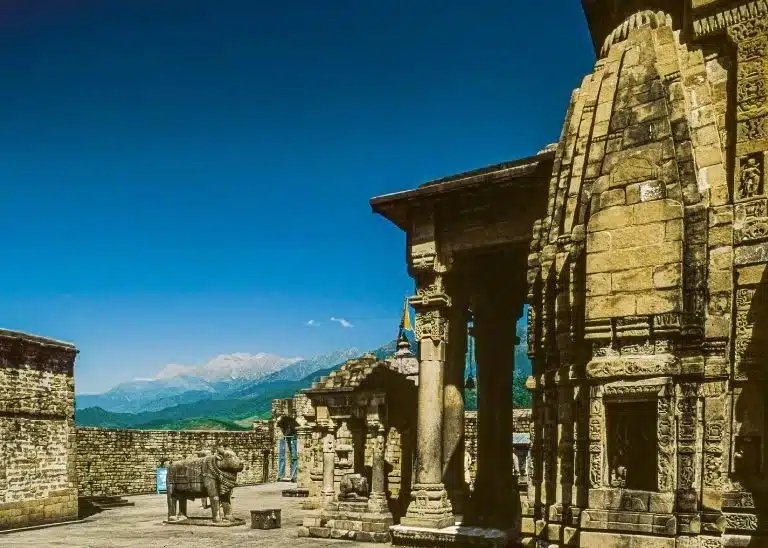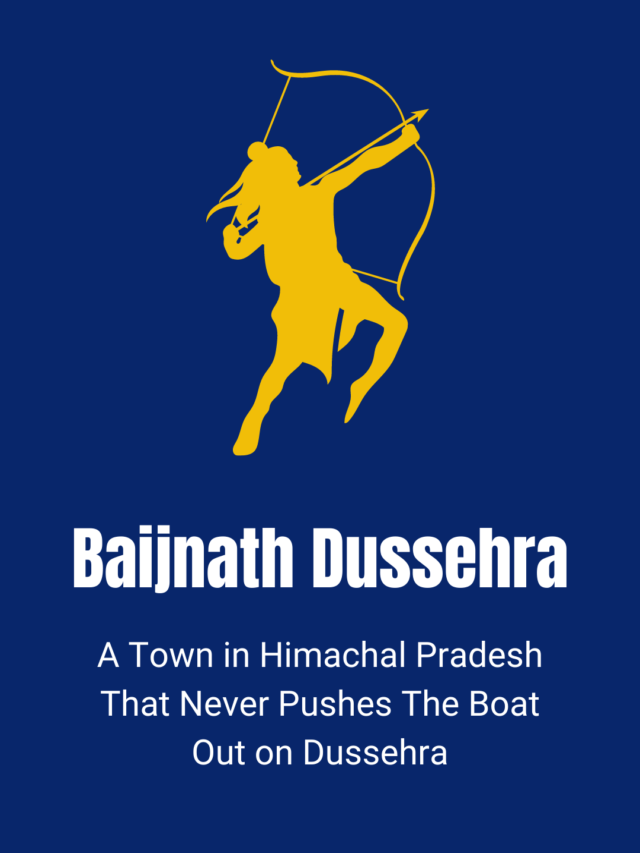Humans are cultural beings. It’s uniqueness acts as a perpetual source of strength. It is reflected in one’s history, heritage and in one’s thoughts and mind’s eye.
Do you ever bolt yourself doing something that would appear utterly outlandish to someone from another culture? Most of you might’ve. Culture and traditions vary exceedingly around the world. They are part of what makes our planet such a divergent and riveting place to live.
Indian culture is glutted with unique customs and traditions, which newcomers might find intriguing. Most of these originate from the Ancient Indian scriptures and texts, which have called the shots for the way of life in India for thousands of years.
It’s been more than two years since we’ve been hushing our celebrations due to COVID. Right? But as time is passing and the restrictions are loosening, the celebrations are coming back to us again. However, when it comes to customs and traditions, it leaves us with no choice but to believe in them and follow them.
Essence of Being Cultural
Being traditional is a core aspect of any culture. Whether it is a harvest festival, a national festival, a wedding, a religious holiday, or a national adherence, our celebrations are entwined firmly into our overall cultural uniqueness. Deep-rooted into the local culture is a whimsical way to find your feet in your new home, but there are plentiful reasons why upholding our own cultural tradition is just as significant.
Due to the ongoing pandemic, all the celebrations including Dussehra are muted but in a small town in Himachal Pradesh, Dussehra had always been an annual absentee.
About the Town
A sleepy little town that sits on the foothills of Dhauladhars, Baijnath in Kangra district of Himachal Pradesh is known for the famous Baijnath Temple, a temple of Lord Shiva. It is believed that this Temple of Lord Shiva was built by the Pandavas in one day on their way to heaven. Believe us, the temple still gives those ancient vibes.
Baijnath was given its name after the shepherd, Baiju. During the 13th century, the Baijnath temple was built around the Ancient Ling which is today one of the most significant pilgrimages for Hindus. The town is situated in the Middle of Mandi and Palampur, which is at a distance of 60 Km from Dharamshala in Kangra District.
Let us help you to get back to the details of what happened in the past? And how it still has its significance over the years.
Ancient Traditions that Keep Baijnath Residents Away From Dussehra Celebrations
A few might know this but Dusshera is forever muted Baijnath and the ensuing drama of the Ramleela has never been played out too.
According to the Legends, during the Treta Yug, King Ravana worshipped Lord Shiva at Rakshas Taal around Mount Kailash in order to get the bequest of strength and immortality. Soon after he chopped off his ten heads at Lord Shiva’s altar. Delighted by his sacrificing act and earnestness, Lord Shiva granted demon king Ravana his wishes and recreated his heads. But, King Ravana desired for more. In order to get more from Shiva, Ravana graciously requested him to accompany him to his kingdom in Lanka. Lord Shiva was heartened by this endeavour and agreed. He took the shape of a Linga and told Ravana not to place it on the ground on his way. If he did, he would not be able to lift it again.
However, when King Ravana reached Baijnath, he felt the need to answer nature’s call. Before he could decide what to do he saw the Shepherd Baiju and handed over the ling to him, but forgot to tell him not to place it on the ground. The shepherd without knowing did the exact opposite. He found the Linga too heavy and put it on the ground and as Lord Shiva mentioned, the Linga resides where it sits. Thereafter Baijnath became a dwelling of Lord Shiva.
So, to mark the respect of a devotee towards Lord Shiva the residents of Baijnath do not celebrate Dussehra.
According to a belief, King Ravana was a sincere devotee and prayed to Lord Shiva for a long time. Seeing that Lord Shiva was pleased and blessed him with Special powers in return. So it is considered not to burn the effigy. The custom is followed by the villagers to avoid bad luck. It is also said that some people have brought upon themselves the rage of Lord Shiva and faced dreadful after-effects like the death of young family members and ruined business who in the past have burned the effigies.
On the very same day, people don’t buy sweets and even the markets remain shut in Baijnath and Paprola. You’ll be surprised to know that there is no goldsmith shop in Baijnath as the fear of upsetting Lord Shiva is so high. The reason behind this is that King Ravana was residing in the country of Gold while for Lord Shiva, the gold was just a gibber stone. Because of the clash between the Lord and his devotee, Baijnath does not have any Goldsmith shops.
Though all of you’ll get engaged in the festivities of Dussehra, people in Baijnath won’t be celebrating the same. And the above-mentioned reason for not celebrating Dussehra is enough to keep residents of Baijnath away from celebrating the festival. No matter what others say, these stories by legends will never die. Deep-rooted in Himachal’s Culture, these festivities make us who we are. Think for once how it feels to be detached from your cultural legacy? It can lead you to the question- where do you belong? And might make you feel mislaid and detached. Contrarily, tying with culture can have a positive effect on your sense of belonging and individuality – and in turn, on your perceptual health and overall wellbeing.


